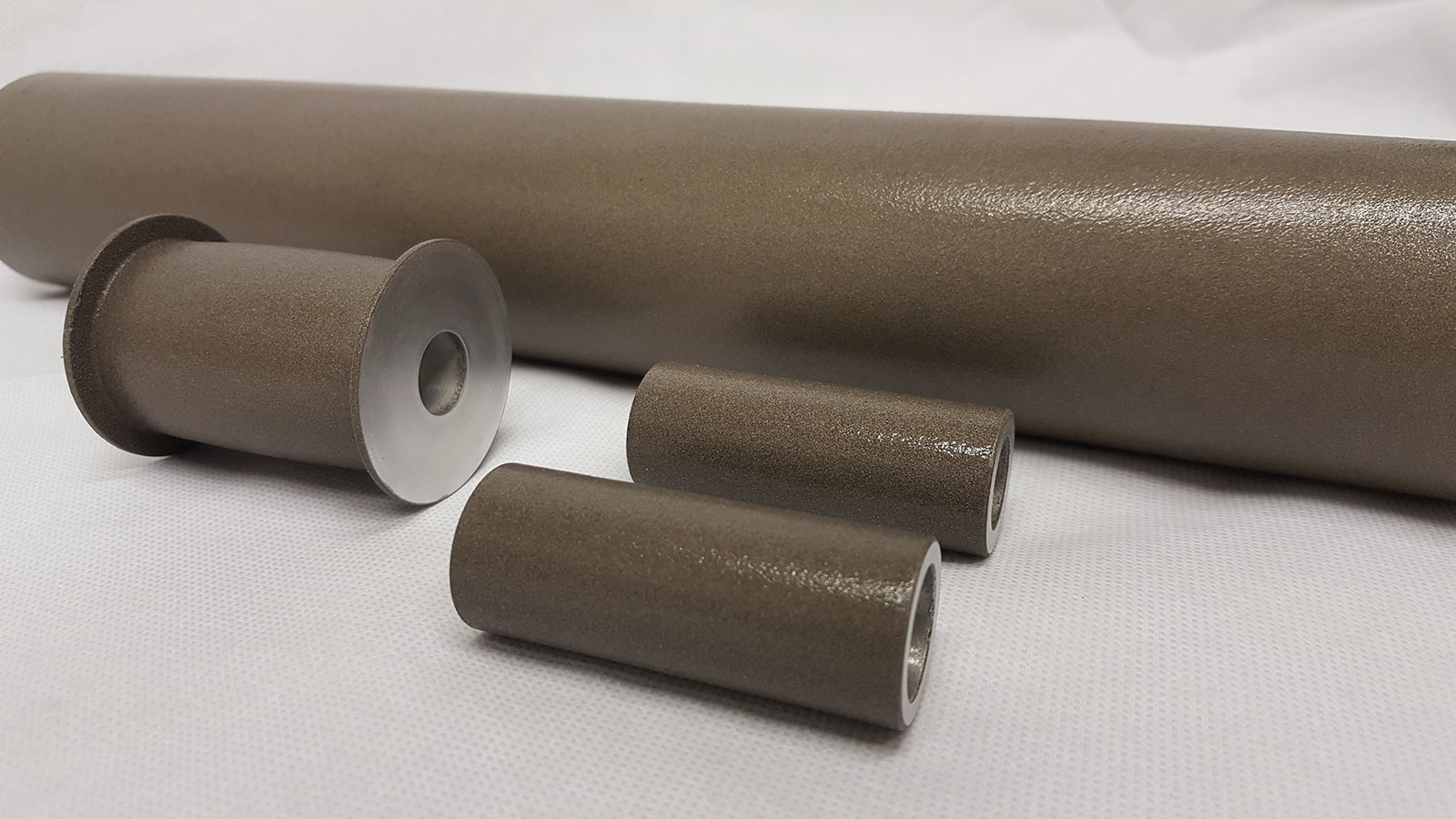Plasma or polyurethane for abrasion resistance – what’s the difference?
Plasma coatings and polyurethane coatings are both popular, long established systems for protecting components against abrasion. Knowing which one is right for your facility can prevent costly coating failure, replacement and extensive machine downtime.
Marcote’s surface coating specialists have an unrivalled knowledge of each coating system and many years’ experience specifying and applying the right coatings on an application-by-application basis. To help you make the informed choices, we caught up with Sam Woodcock, Managing Director of Marcote, to discover the difference between two often confused coatings – plasma and polyurethane:
Q: When it comes to abrasion resistance, what’s the key difference between plasma coating and polyurethane coating?
A: The primary difference between these two coatings is simple. Plasma coatings are used to reduce friction abrasion, and polyurethane coatings are used to reduce impact abrasion.
In other words, plasma coatings are used to prevent the damage caused by one surface or object moving over another, such as paper or card running over path roller’s or frozen food going down chutes. Whilst polyurethane coatings are used to prevent the damage caused by impact which includes both striking and scratching motions (and in some instances, a crushing motion too). Examples include vibratory feeder bowls and linear feeders being protected from damage by the nuts, bolts and plastic components they are feeding and quarry mining equipment, such as tippers on trucks, being coated for similar reasons.
Because plasma and polyurethane protect against two different types of abrasion, they are some key structural differences. Put simply, polyurethane is a more flexible material, and plasmas are hard.
The hardness of each coating is defined by its application, using either the Shore or the HRC hardness scales – softer more flexible materials are measured in Shore, and rigid materials are measured in HRC.
Generally speaking, in order to take the impact of a force, polyurethane coatings should be able to bend slightly, and have a little “give” in them, so they are applied between 60-98 Shore. Plasma coatings need to be much more rigid, so are applied between 40-76 HRC.
Q: How are plasma coatings and polyurethane coatings applied?
A: Plasmas are comprised of metal powders and wires applied using a range of methods to suit the application, including flame, wire arc, plasma spray and HVOF spray applicators. Application is fast because there is no curing time – once the powder or wire makes contact with the surface, the coating has been applied and completed.
Polyurethane is applied using a liquid dispersion system consisting of a primer and a topcoat. Most commonly, it is hand-sprayed using either an airless or gravity fed HVLP gun system, but polyurethane paint is another option if the application requires it, such as for off-shore, anti-corrosion purposes.
Polyurethane is moisture cured which means it cures at ambient temperature, so the application time is longer.
Broadly speaking plasma coatings take 30 minutes per sq m for plasma coating and around 1 hour per sq m for polyurethane plus curing time.
Q: Once the coatings are in-situ, how should they be maintained?
Caring for both coating systems is straight forward and there are just a few simple steps to remember.
Plasma coatings are very hard, and are therefore brittle, so a strong impact would crack it. Asset owners and operatives should be careful not to drop heavy objects onto the plasma coated surface. It should also be cleaned regularly using process appropriate solvents or hot soapy water.
Polyurethane coatings can be cleaned with hot soapy water too, but in most applications, this isn’t necessary. Whilst this coating is designed to take impact and won’t crack if something is dropped on it, it is more flexible and susceptible to being cut if it comes into contact with metal scrapers or blades. Once cut, the coating will begin to peel away from the contact surface. Asset owners and operatives must not expose their polyurethane coating to temperatures above 80°C.
Find out more
When it comes to choosing the right coating for your application, discussing your requirements with an expert is the right first step. To discuss your abrasion issues in more detail and receive expert advice on which is the right option for your application, call our knowledgeable team of experts today on 01543 419 904.

